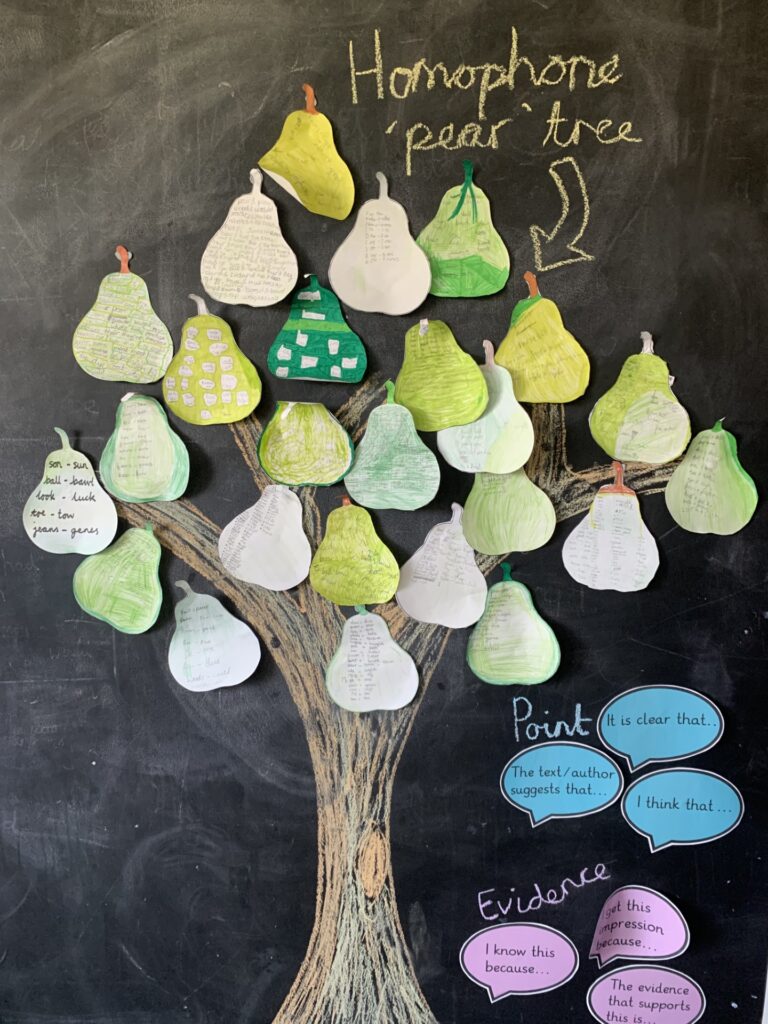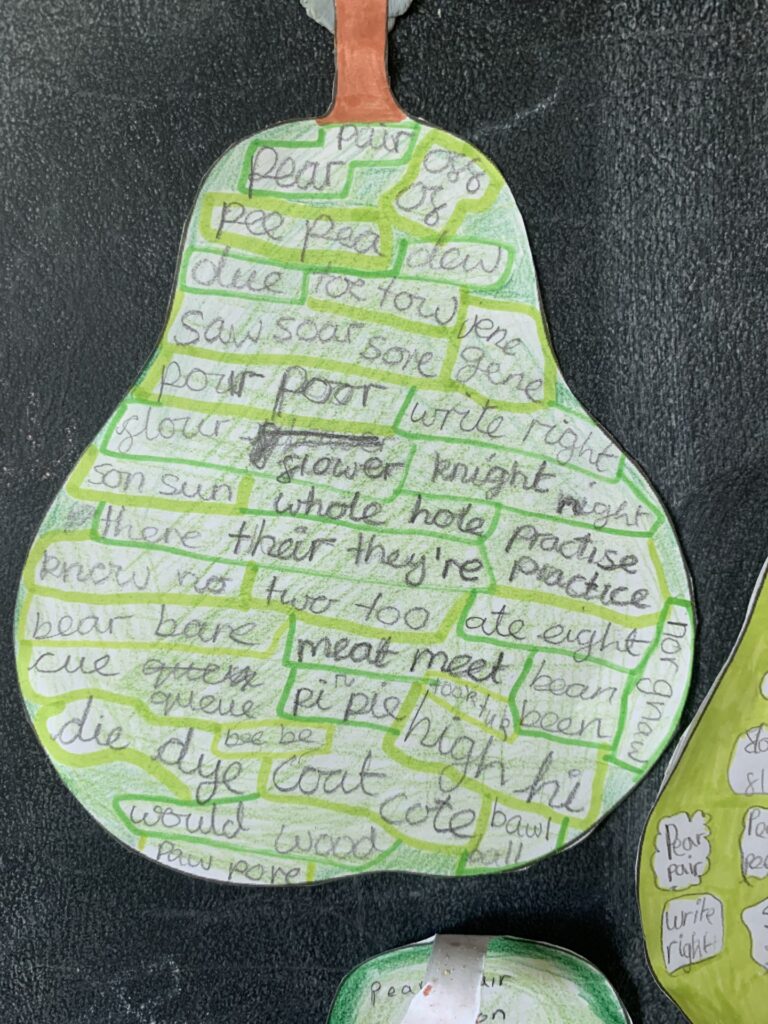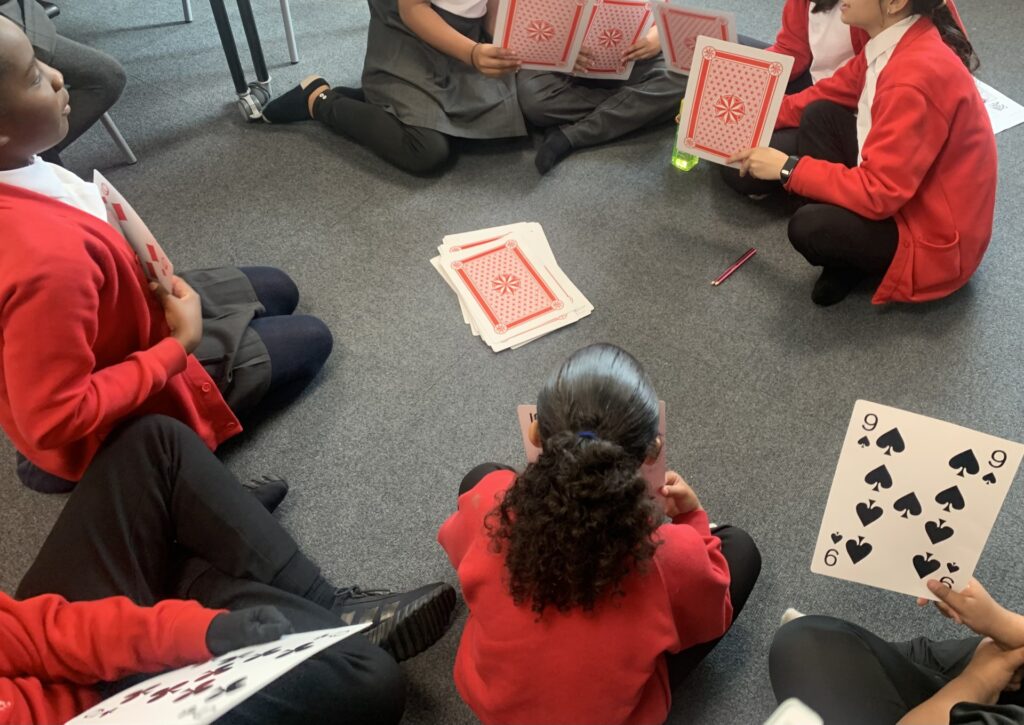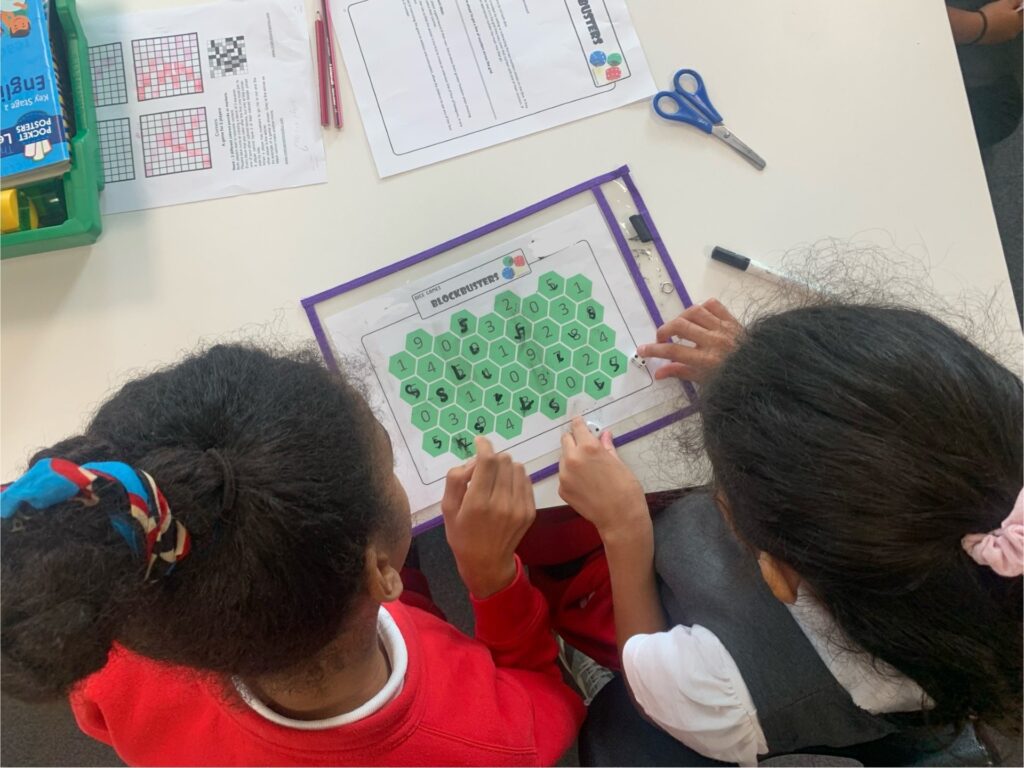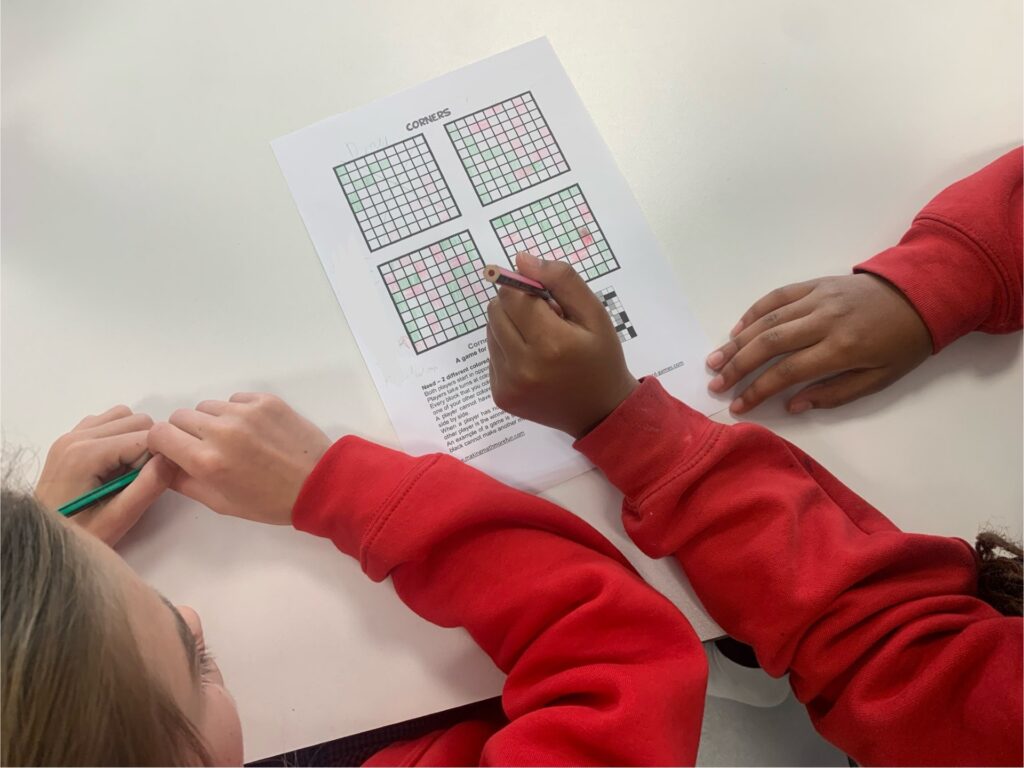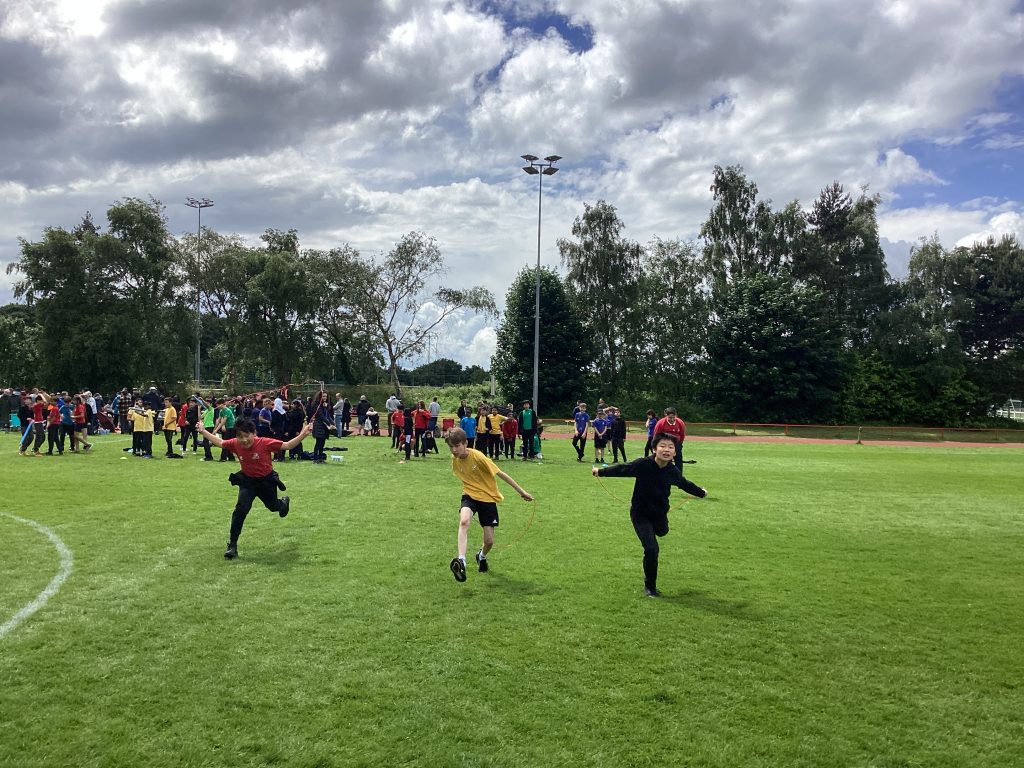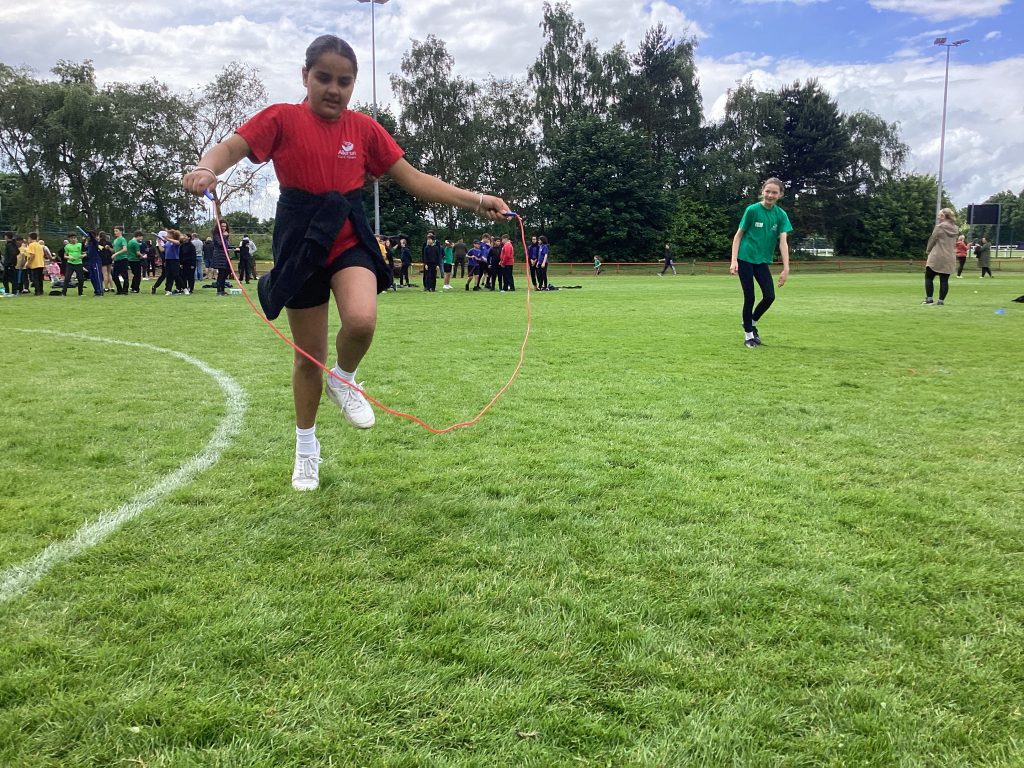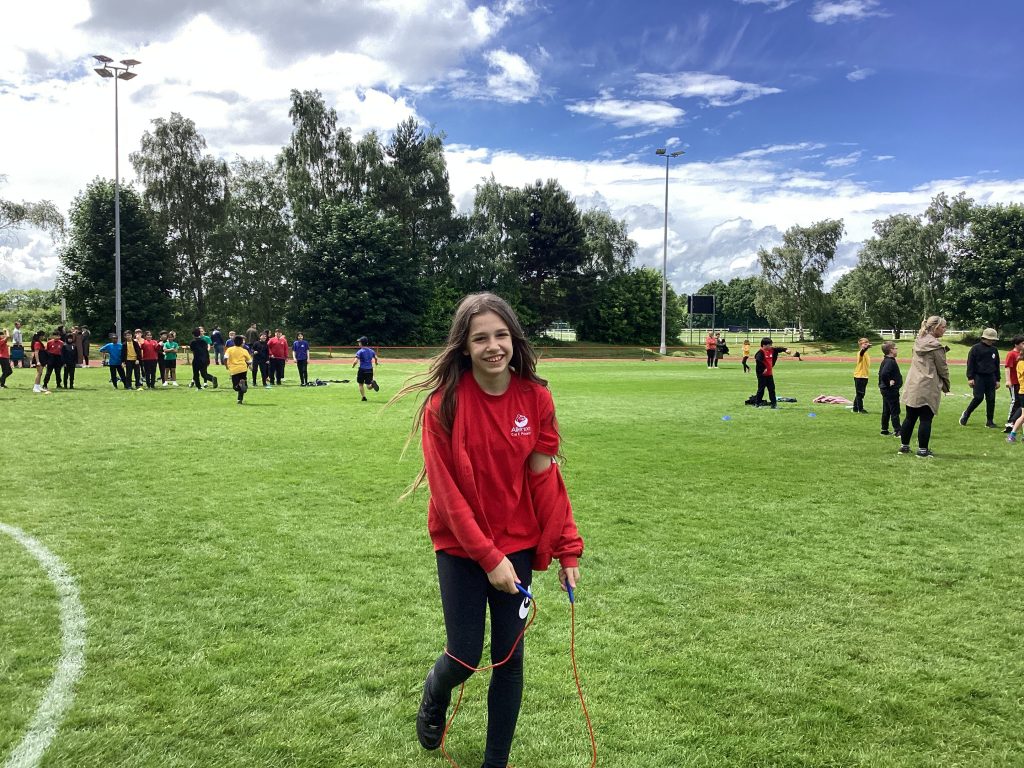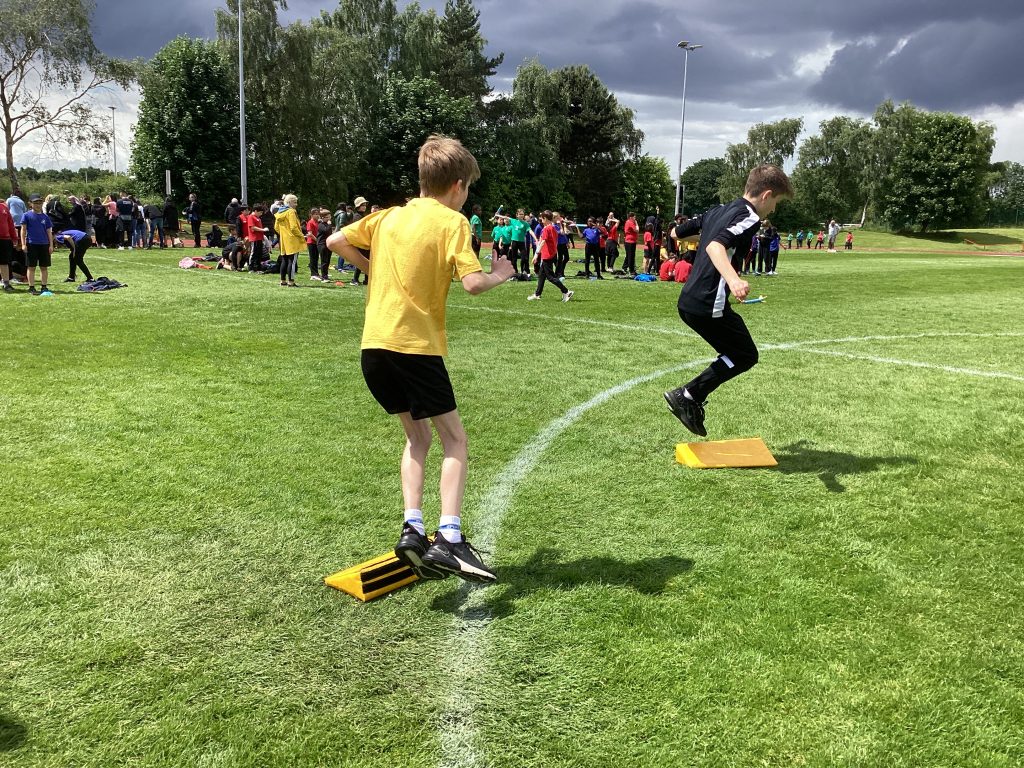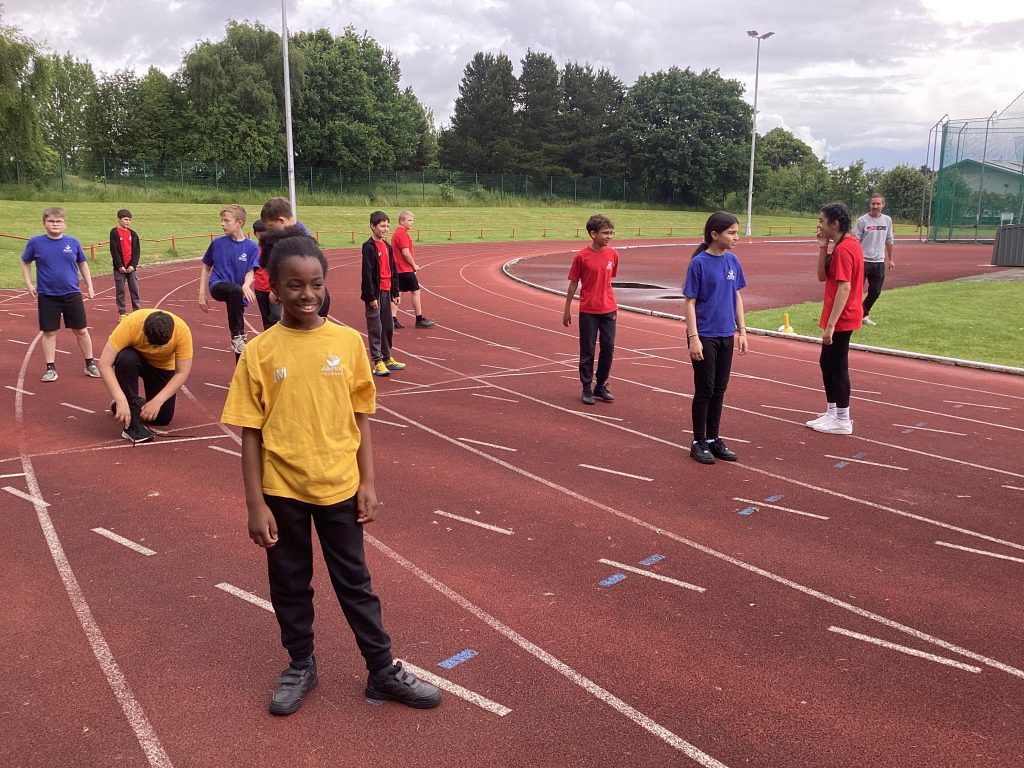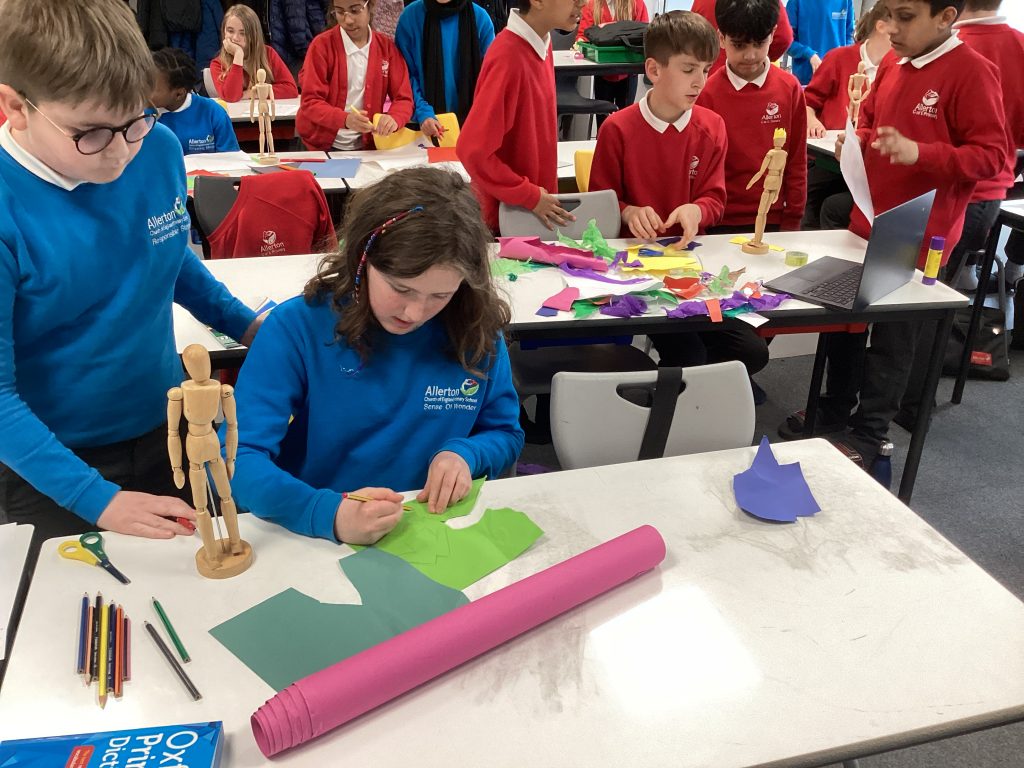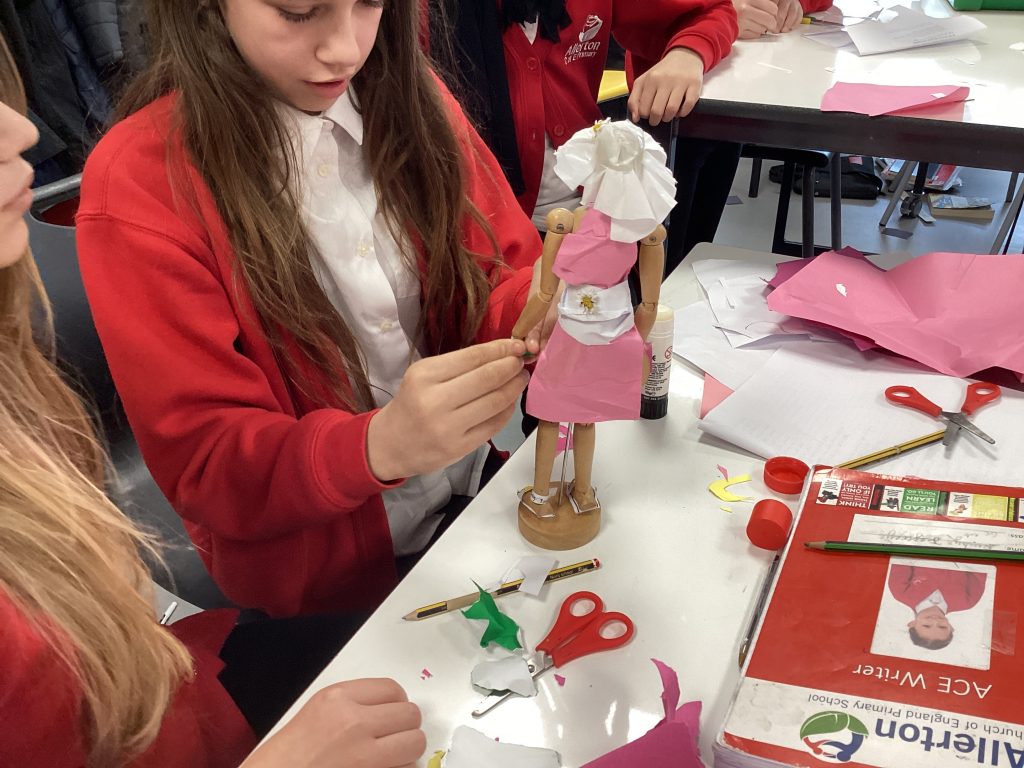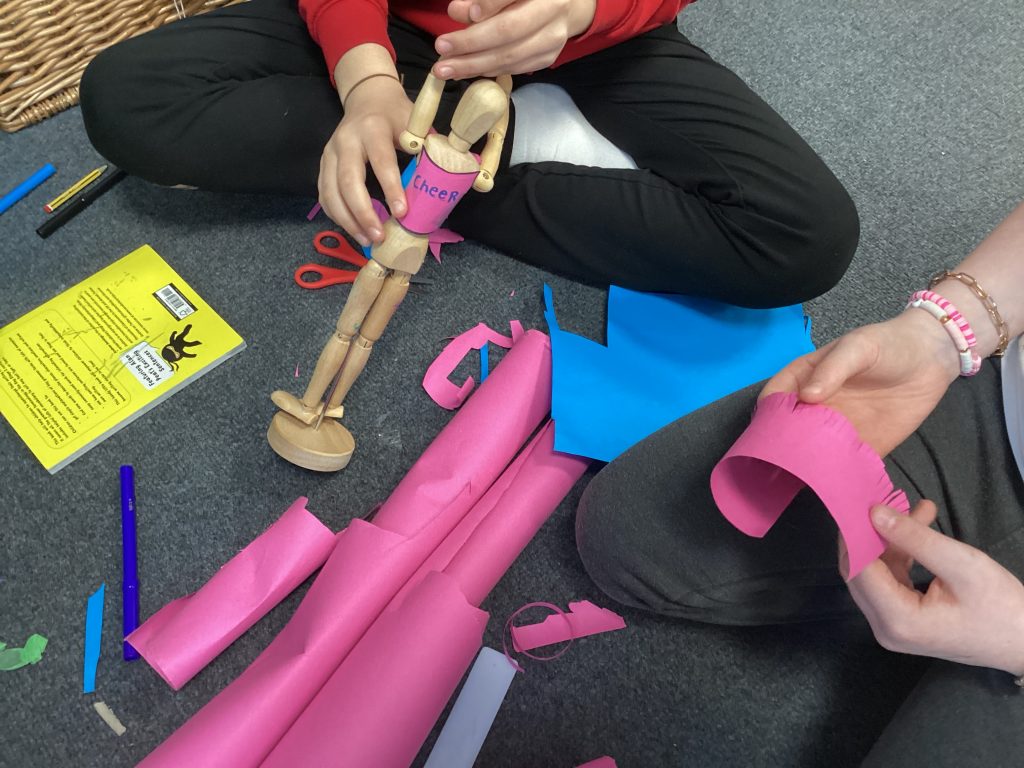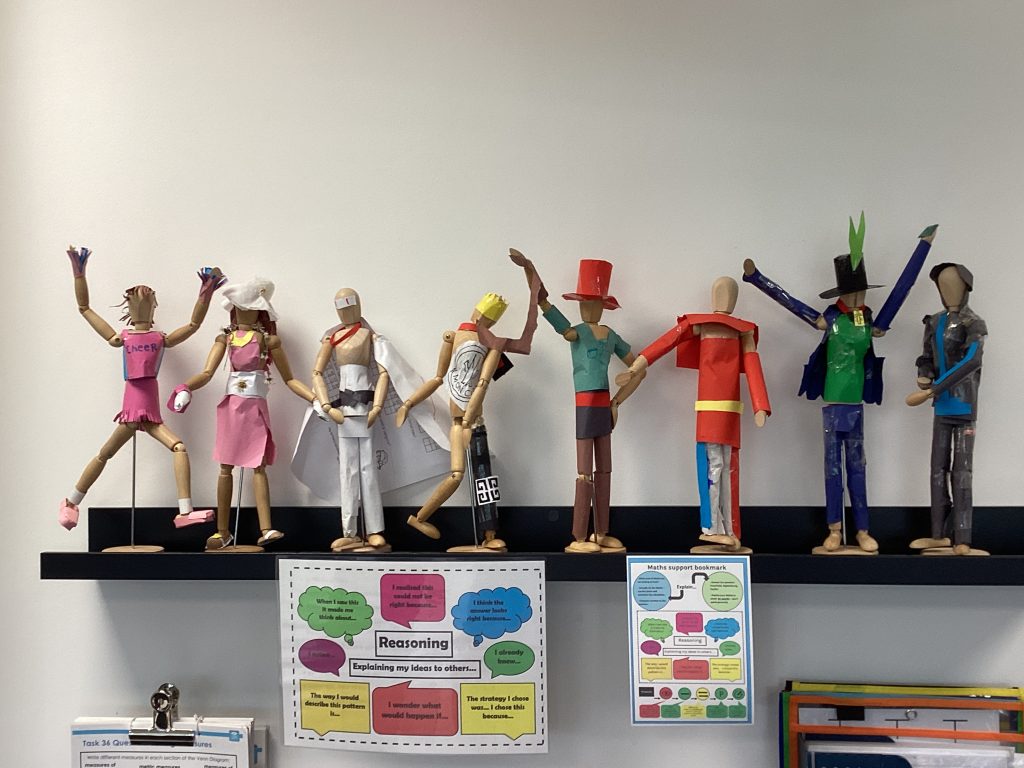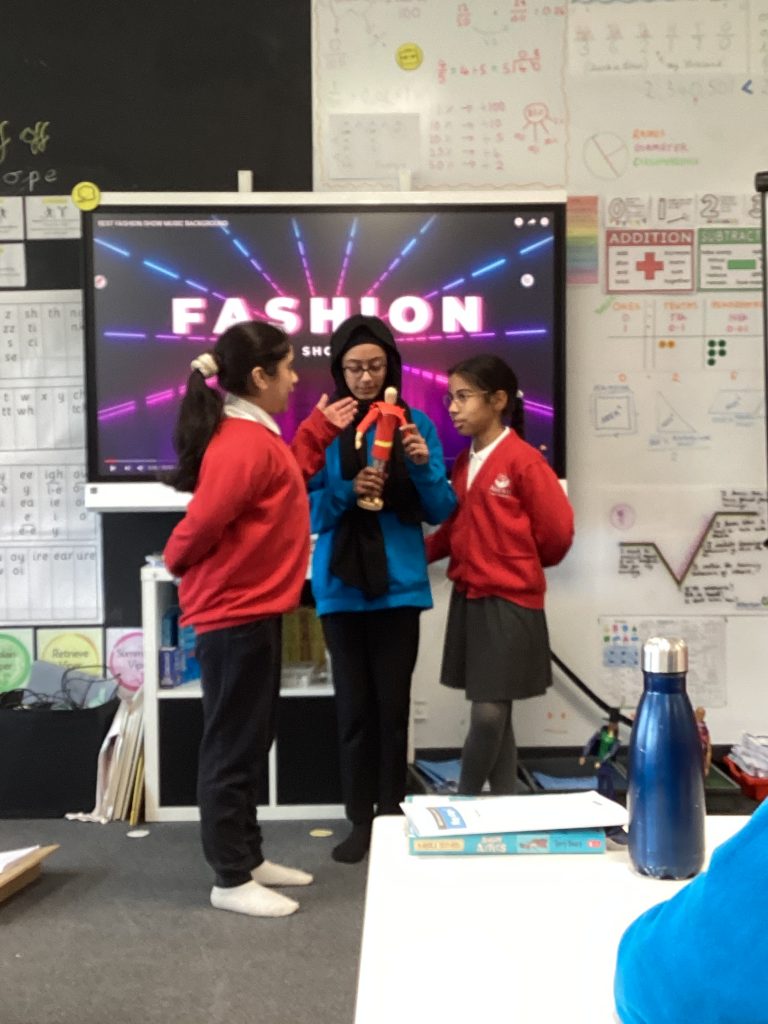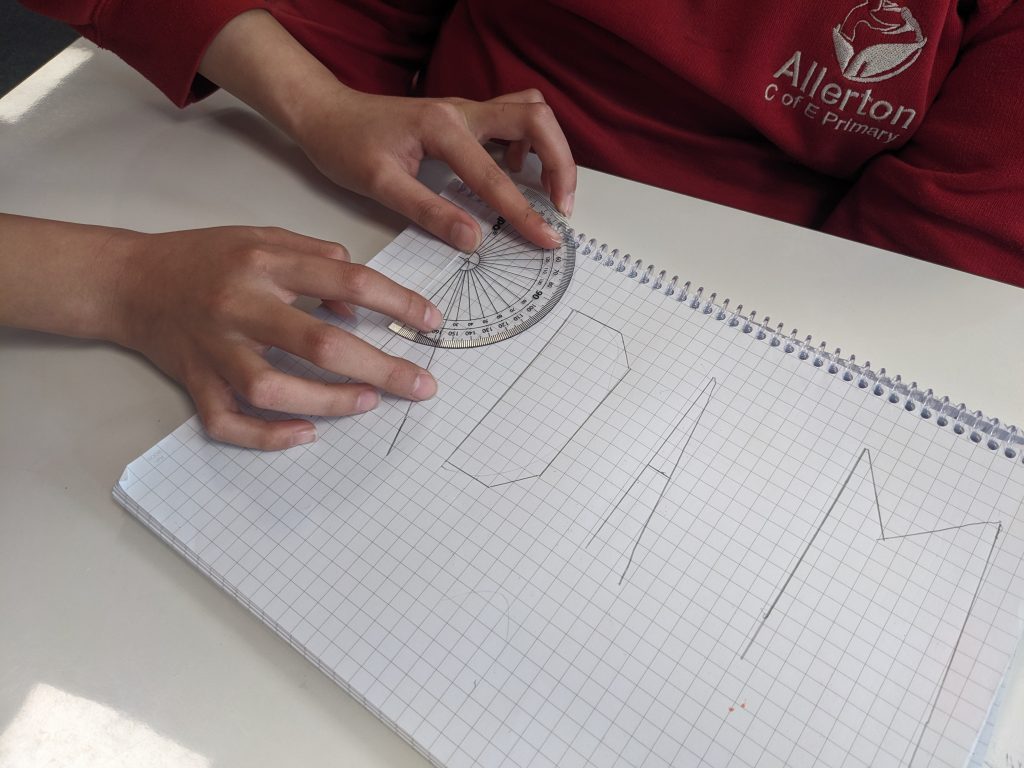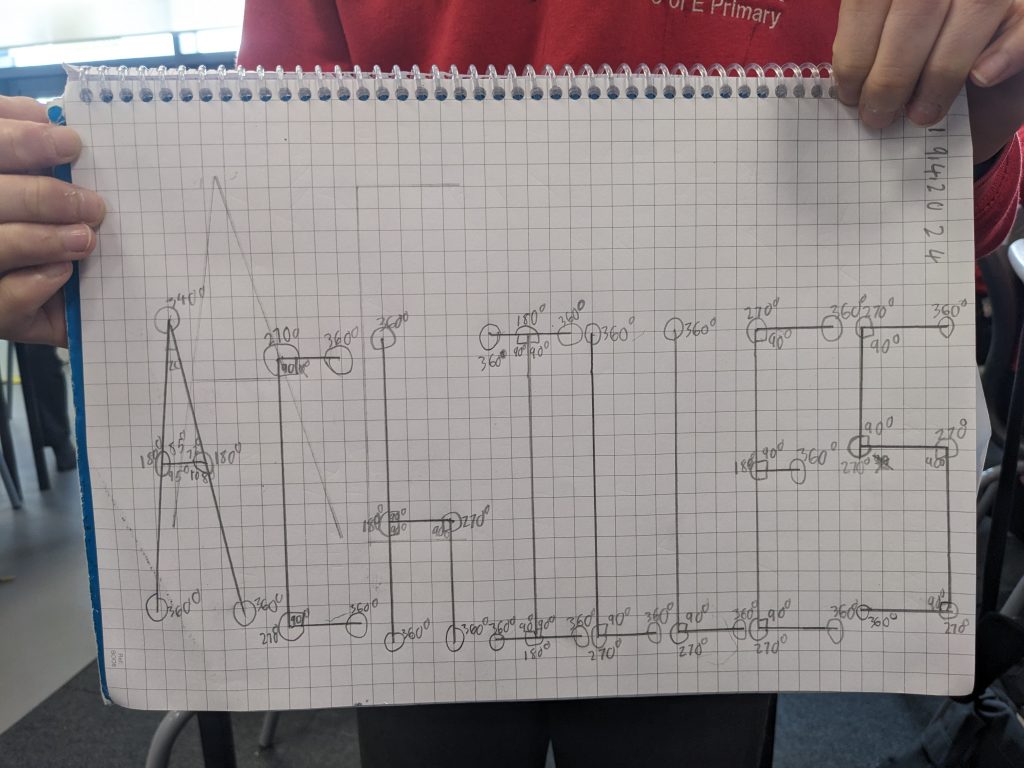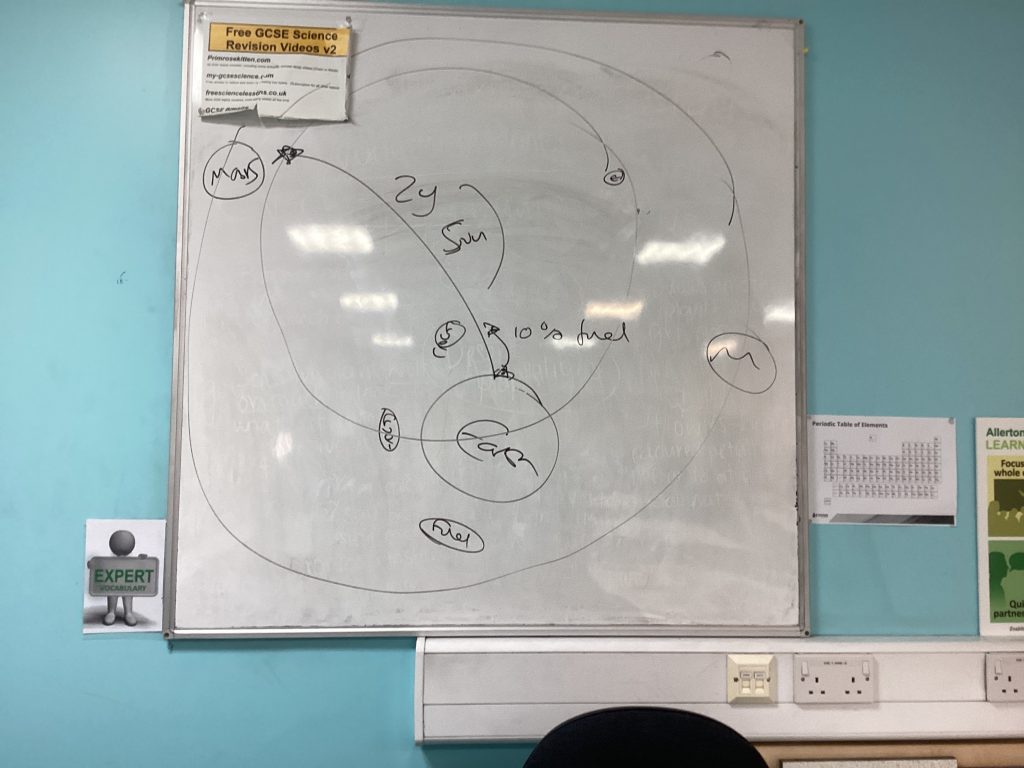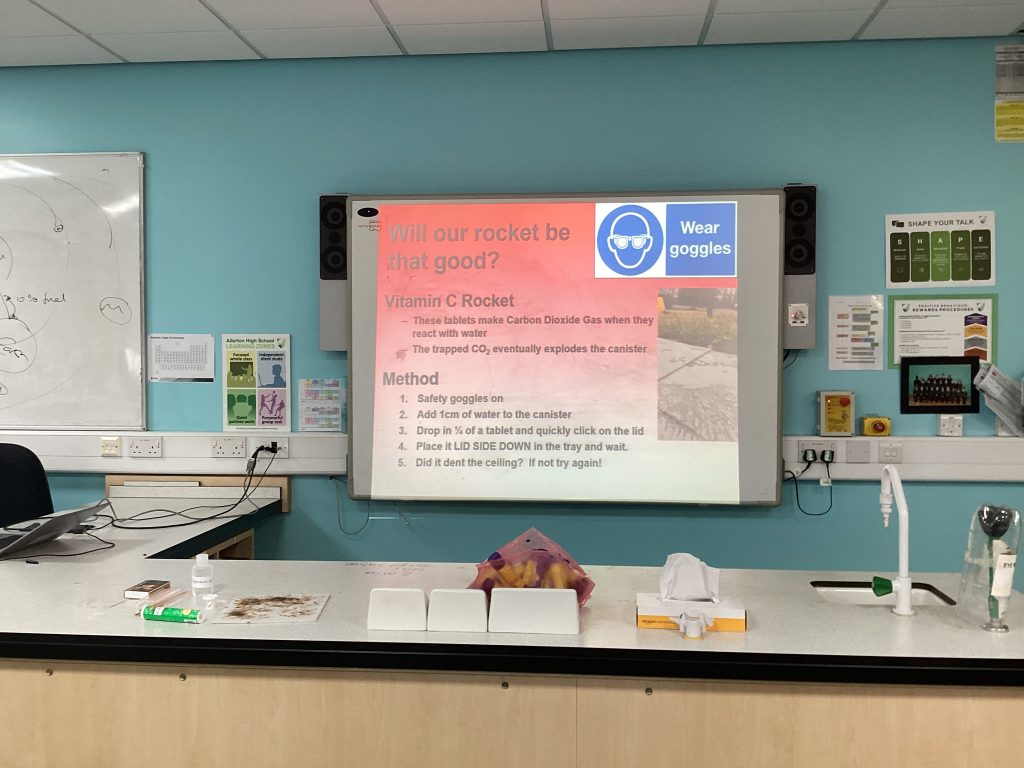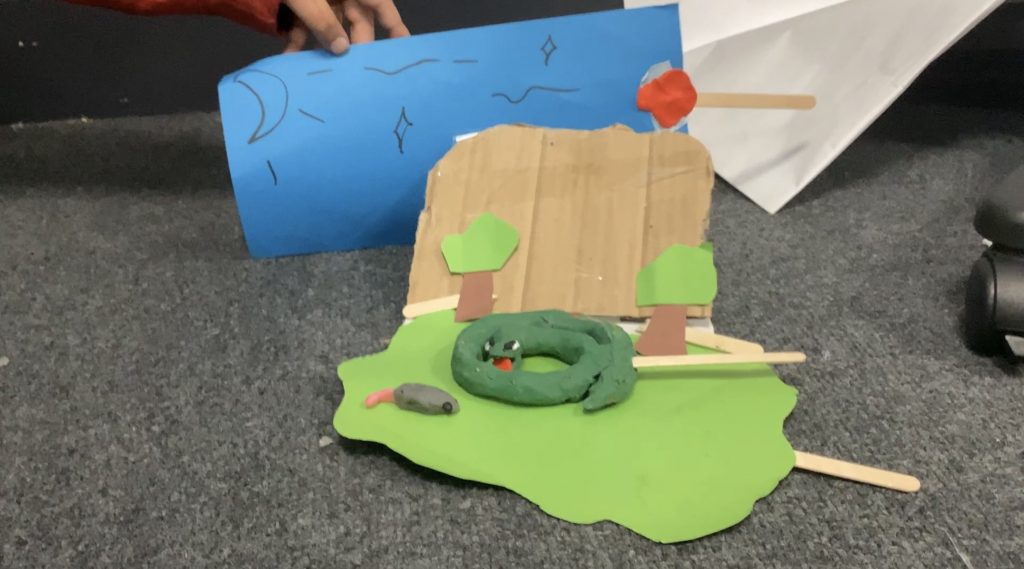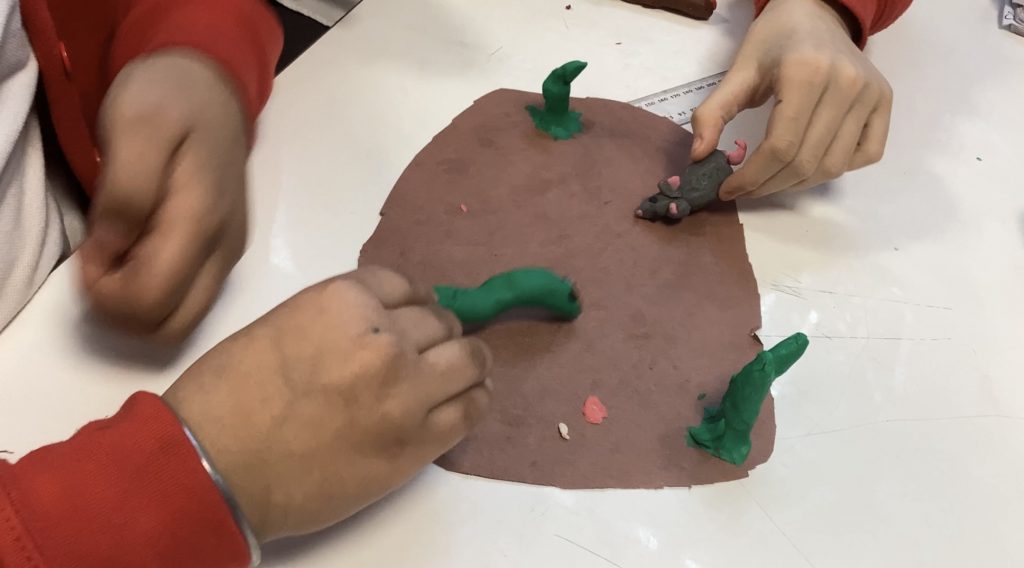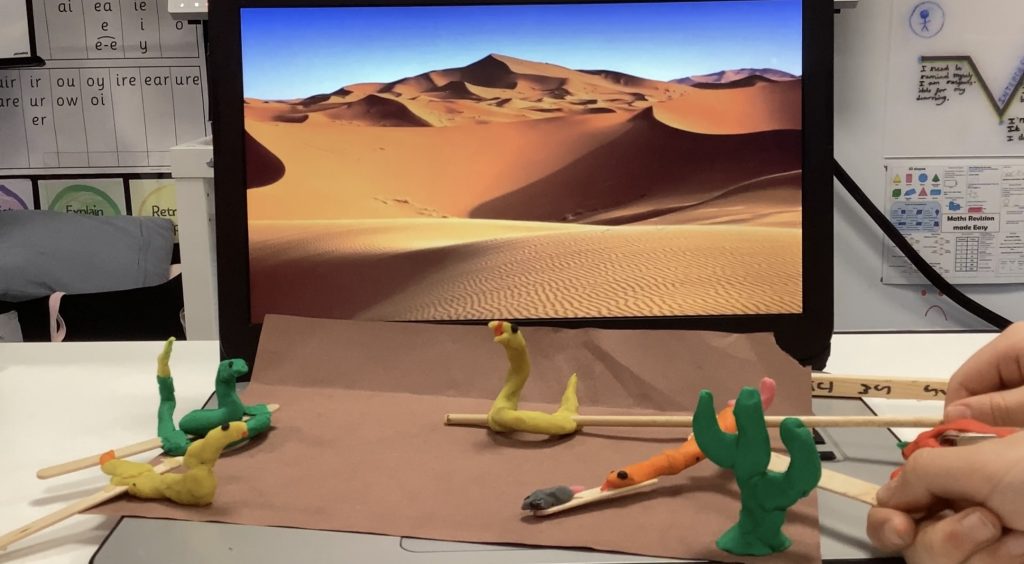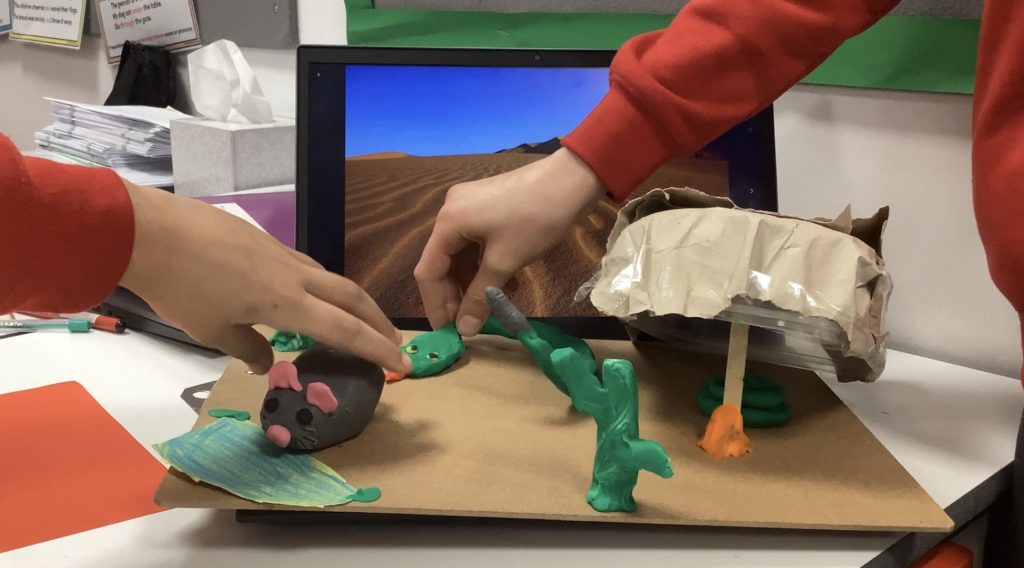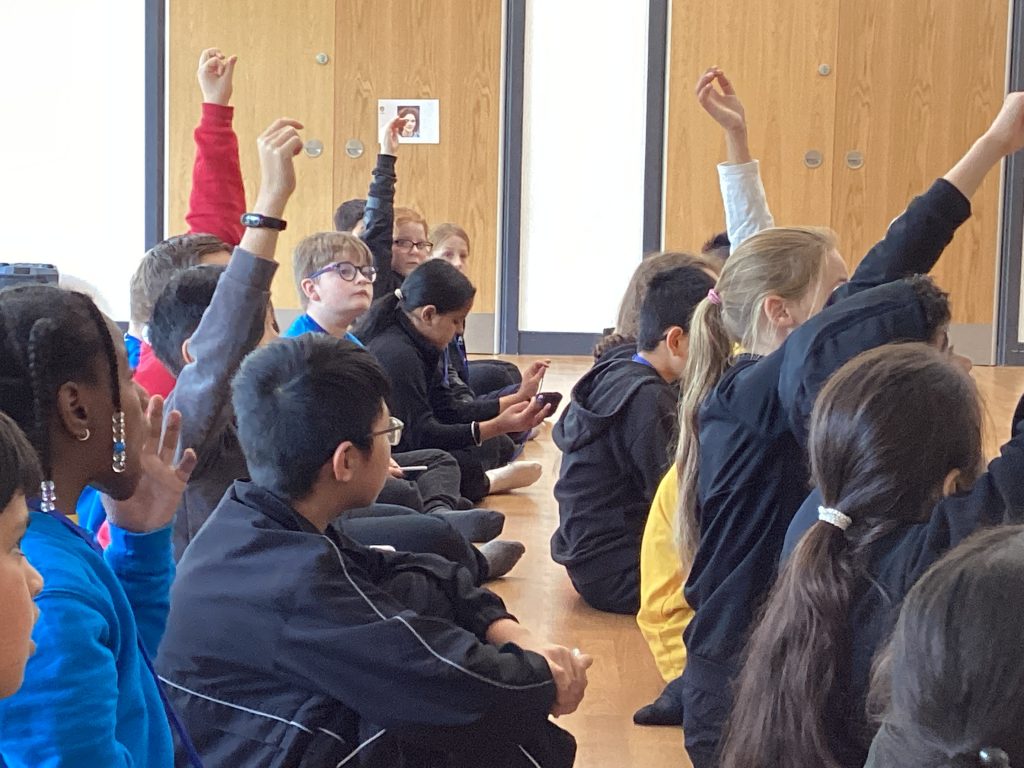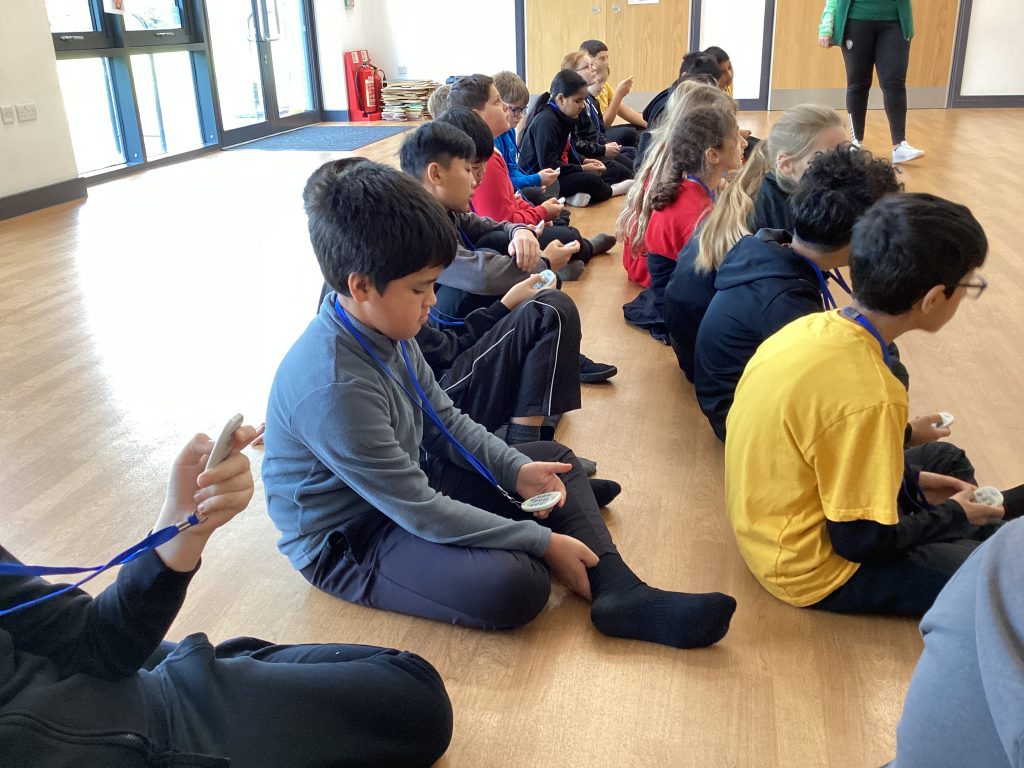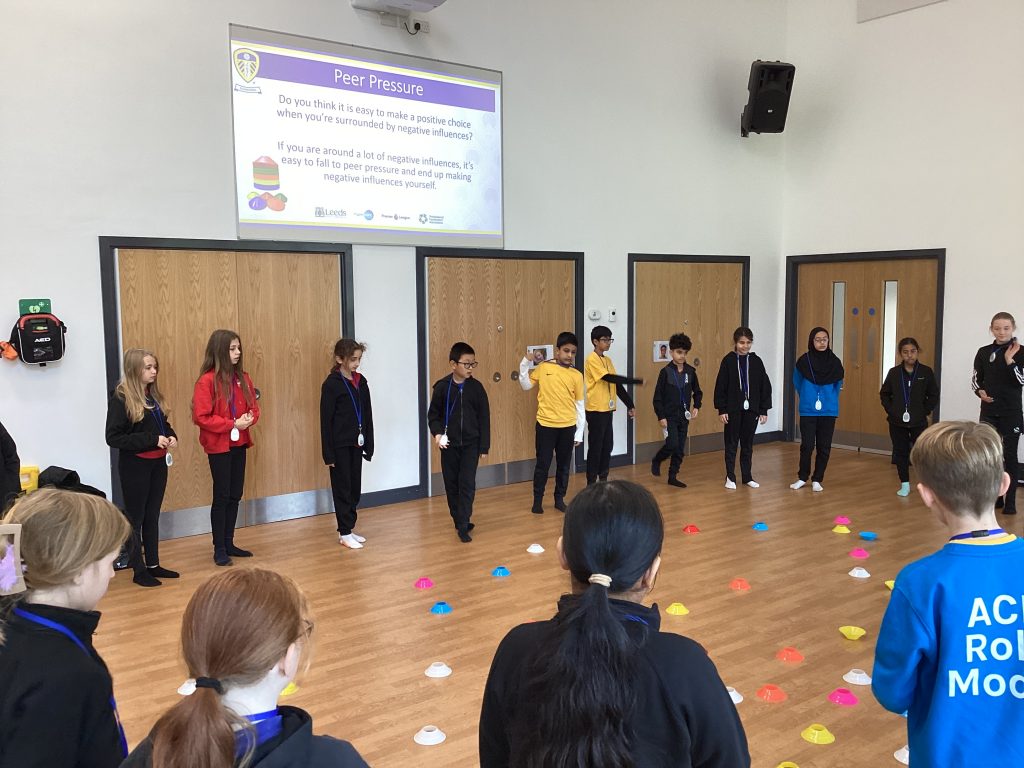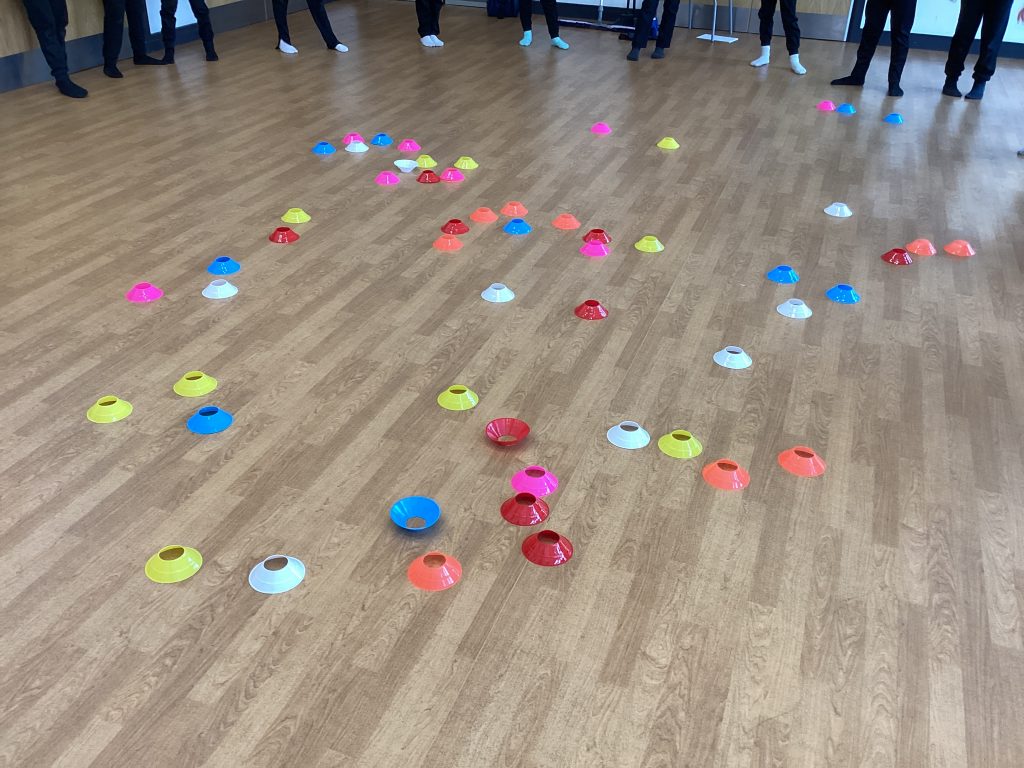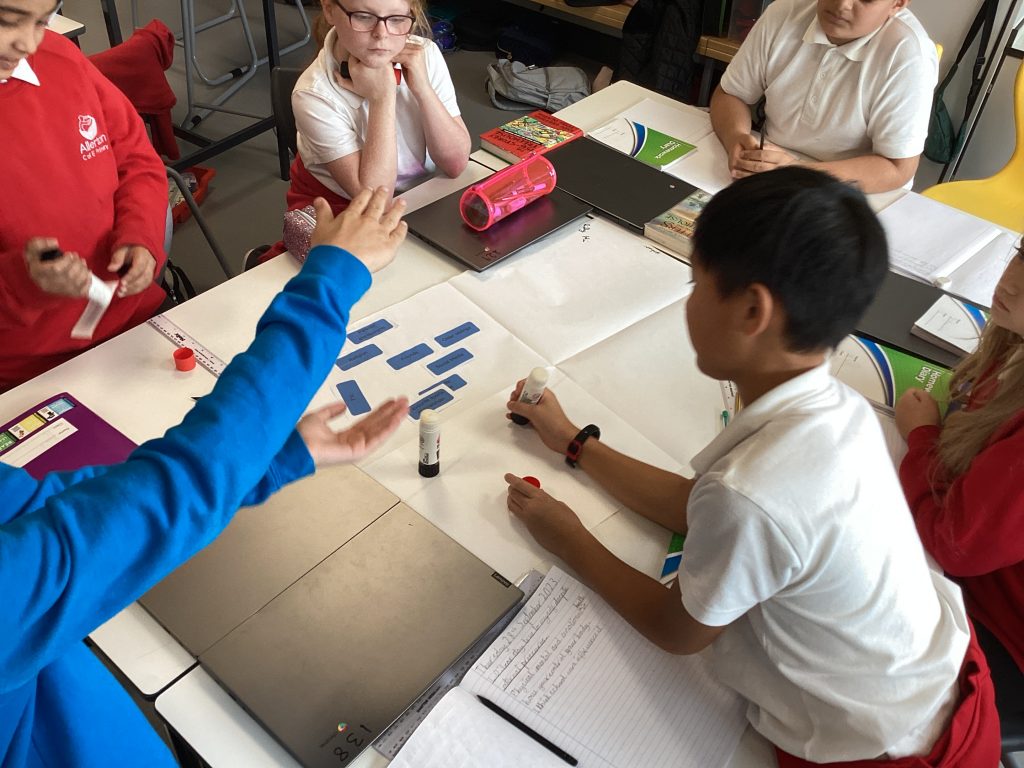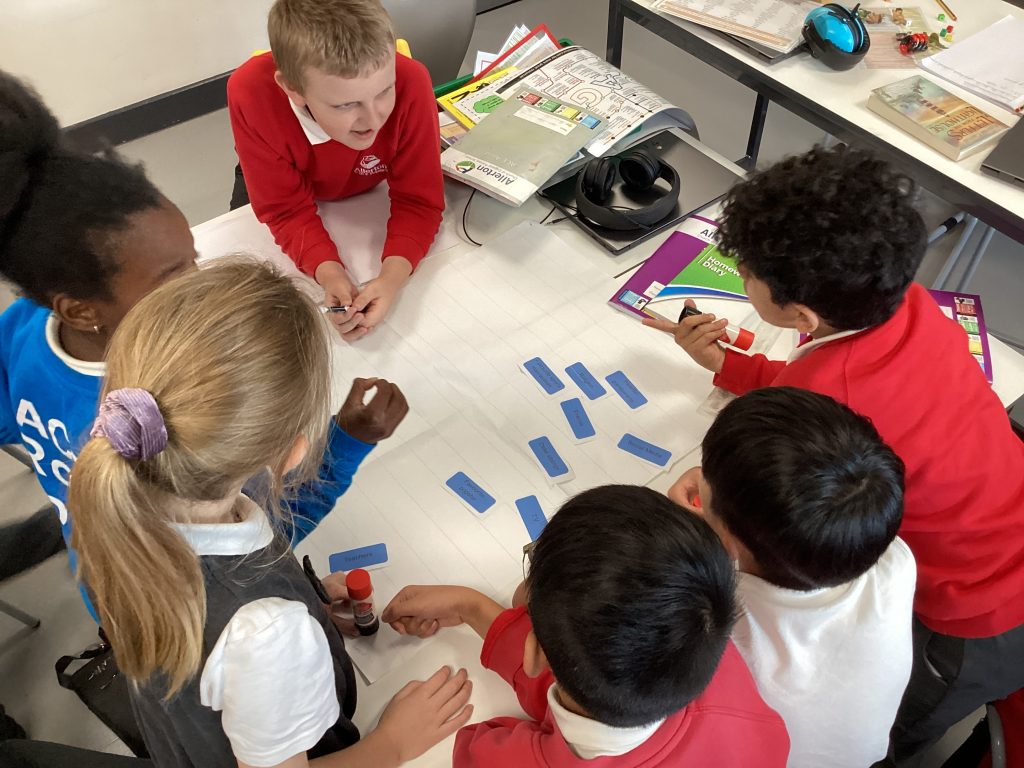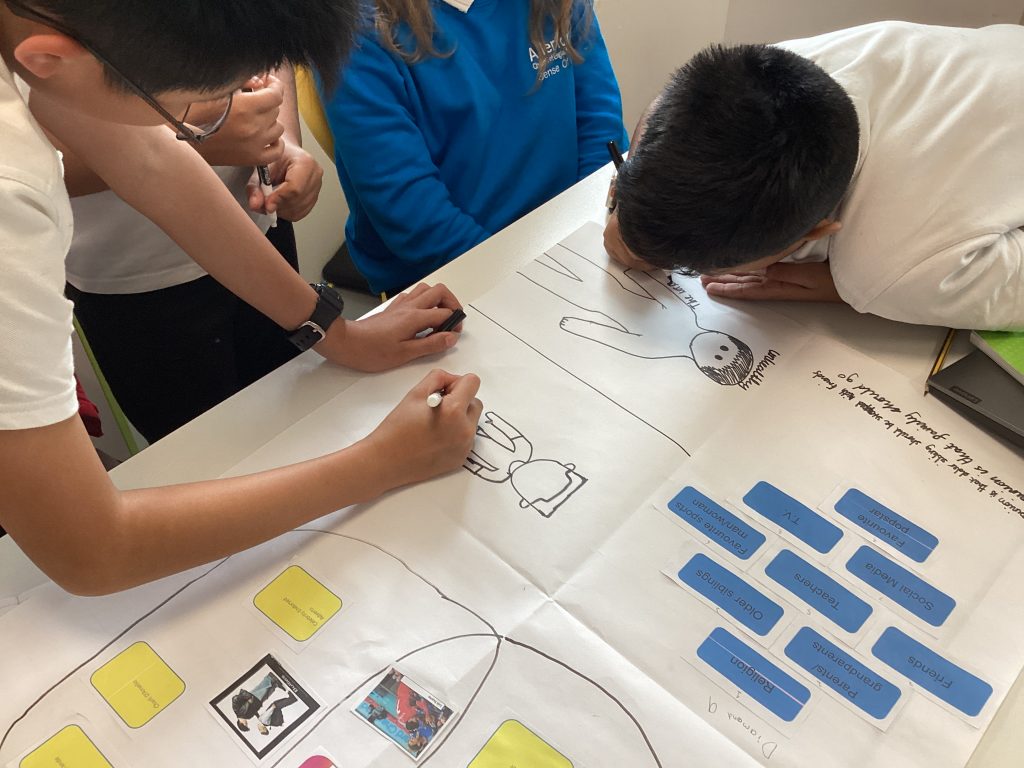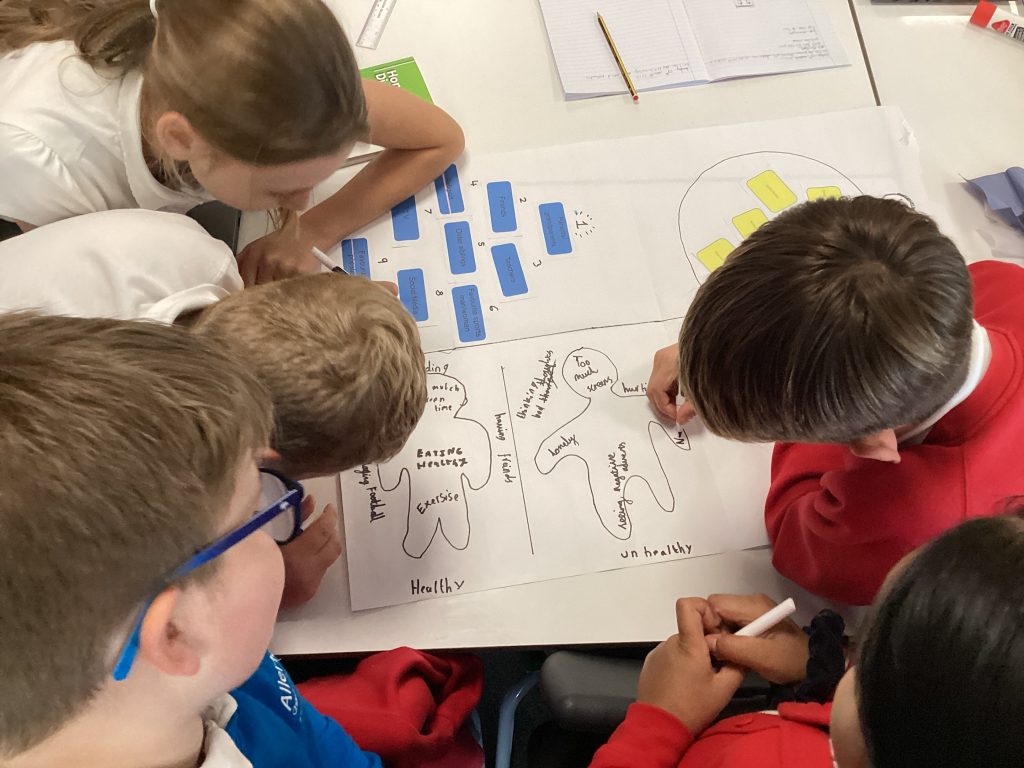What a fantastic first week we’ve had in Year 6! We’ve been busy settling in, getting to know one another and diving into our exciting learning topics. Here’s are just a few of the things we’ve been up to:
Getting to Know Each Other: We started the week with some fun getting-to-know-you games which helped us learn more about each other and build a strong sense of community in our classroom.
Creative Learning with Homophones: In spelling, we’ve been exploring homophones and had some fun creating “homophone pears” for our display. The class came up with some brilliant pairs like “jeans” and “genes” and turned them into colourful and creative artwork.
Reading: Our reading unit this term is all about trees, and we’ve started by exploring some interesting texts about these incredible plants. The children are already making thoughtful connections and asking insightful questions.
Art Adventures: In art, we kicked off our unit with some skill based work on one-point perspective and a study of James Bywood, an artist known for his vibrant landscapes. The students were inspired by his work and created their own beautiful landscape pieces using oil pastels – we will be finishing these next week.
Collective Worship and Compliment Circle: This week, our collective worship focused on our school vision: “We are one body of many parts.” As part of this, we participated in a “compliment circle” where each student had the opportunity to give and receive compliments. It was a heartwarming activity that allowed us to recognise the unique qualities each person brings to our class. The kindness and positivity shared were truly uplifting.
Class Novel – Letters from the Lighthouse: We’ve made a great start on our class novel, Letters from the Lighthouse. The story has already captured our imaginations and we’re looking forward to following the characters on their journey. Ask your child about what they think of the book so far – we’d love for you to join in on the excitement!
Maths Fun: To round off the week, we played some engaging maths games that had everyone thinking and problem-solving in creative ways.
Apple Tasting: We also had the chance to try some apples from the orchard. It was a fun and tasty way to explore the differences in texture and taste and the students enjoyed sharing their thoughts on their favourites.

